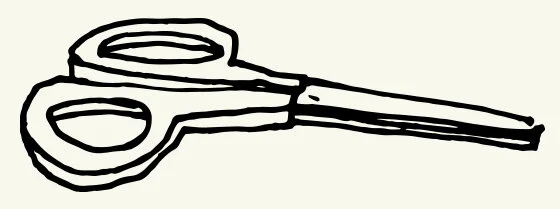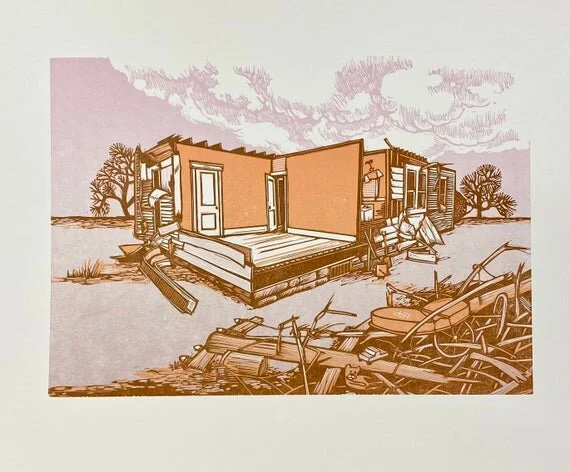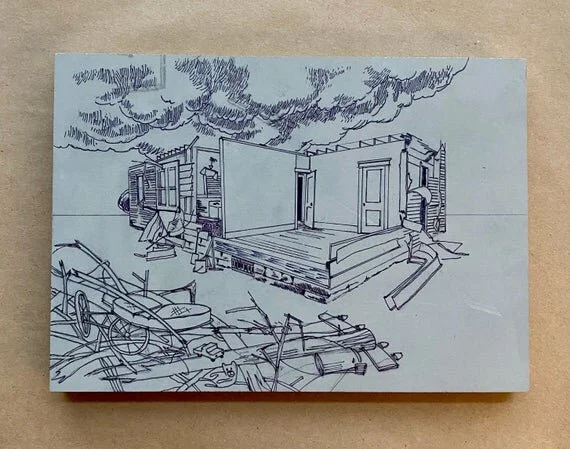The Tornado
The Tornado
On March 3, 2020, parts of Nashville were shocked to wake up to their homes and neighborhoods looking like a giant had smashed his fists down violently on every tree and rooftop within sight. Trampolines were high up in the branches of trees 3 blocks away. Homes looked like doll houses, open to the street with their towels still hanging on the bathroom door and sheets still on the beds, but no roof and no outside walls. For most of us, it was the most shocking display of the power of nature and massive communal loss. In the wake of the storm, people came to help. Streets were filled with wagons full of drinking water and volunteers pushing wheelbarrows and carrying rakes and trash bags. You could hear the constant surging buzz of chainsaws as trees and limbs were cut from rooftops, trying to salvage what was left. At any given moment, you would see a person standing in the middle of Holly Street, turning in a slow circle with a face of terror and amazement, taking it all in and trying to remember what it looked like before. I remember thinking that I didn't remember how close 19th street was to the golf course or realize that "Little Hollywood" was just on the other side of the woods from Holly and 21st. With so few trees left, you could really see the whole neighborhood. The world got much smaller that day.
Little did we know that in about a week, everything would shutdown and that time with the whole city working together sawing limbs and carrying brush was the last time we would every be around so many people. So many bartenders gave up their tips that day to other restaurant workers who's livelihoods had been affected by the tornado damage. Then, within a week, those same bartenders would be without work.
I still walk through the damaged neighborhoods and wonder what has happened to the people who lived in the houses that are irreparable. To enter straight into a pandemic after just losing your home would make things a thousand times more difficult. I had to find room mates in the middle of June, and that was hard enough, I can't imagine losing your personal comforts and having to find a new home just before you go into total isolation.
I've wanted to do portraits of some of the houses. Some of them are still there, like touchstones reminding us that March wasn't that long ago. Pretty soon, the worst ones will be torn down and shiny new houses will be built and we will struggle to remember what our old neighborhoods looked like once again; first from the wreckage and then from repair.





